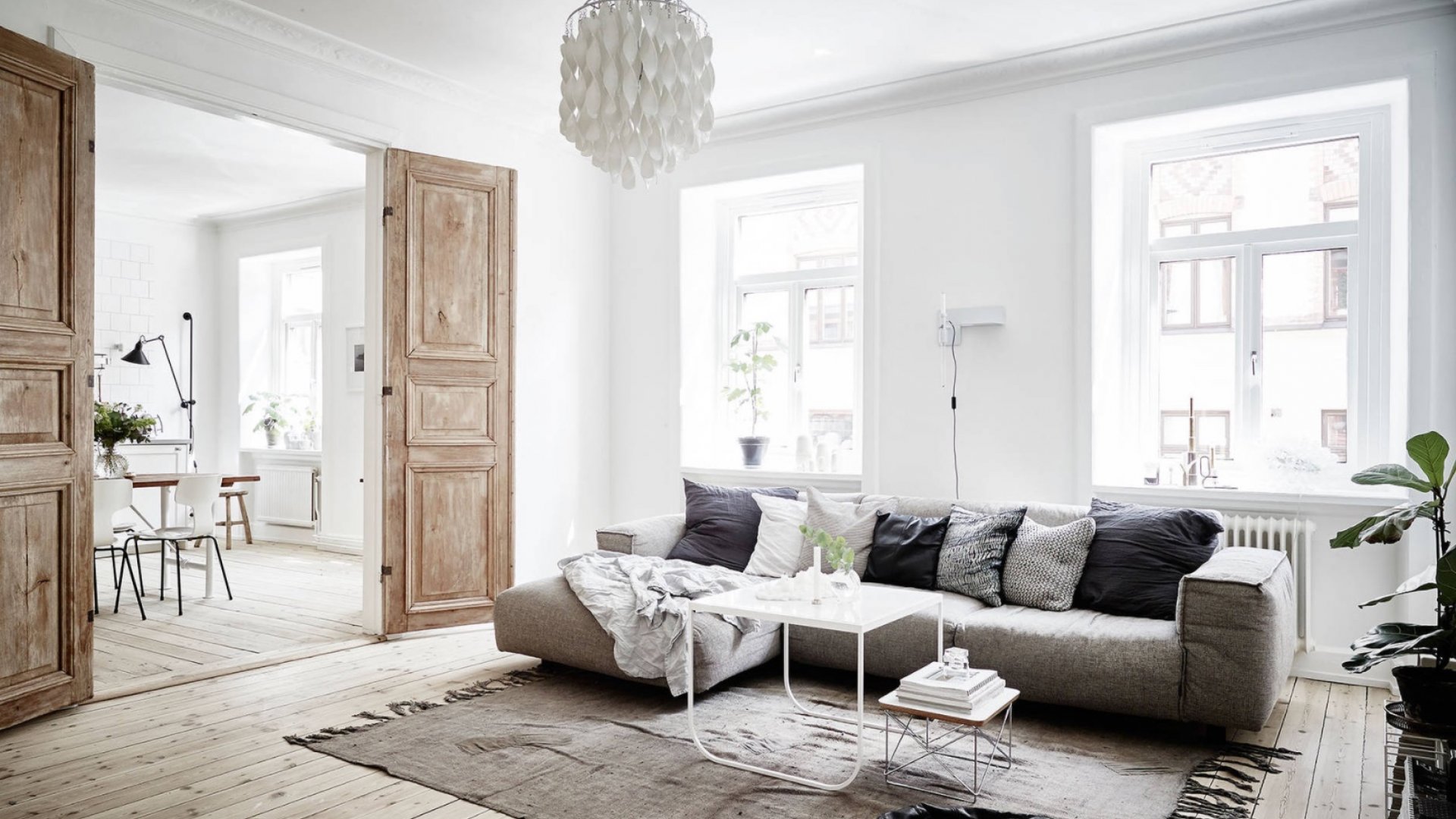04/04/2019
IronMan Marbella 70.3 2019
Marbella is located on the world famous Spanish Costa del Sol and is famous for its crystal clear water beaches and extraordinary sand.
Its location between the Mediterranean Sea and the mountains, make it one of the most beautiful locations in Spain, also having one of the most luxurious marinas in the world, Puerto Banus. This Andalusian city will be a great venue for athletes, as well as for their families and friends. All the participants will find a wide range of activities to do and an excellent climate to get the most out of their stay.
The athletes will swim in the waters of the Mediterranean Sea. After the transition, located on the legendary avenue of the United Nations, you will cycle 90 km through memorable environments such as Puerto de Ojén and ascend the "caracolillos" road.
They will cross different locations such as Onda, Coín and Cártama. Finally, the athletes will return to Marbella, to travel the last 21km on foot along the seafront, encouraged by the fans as they make their last effort to reach the finish line: right on the beach of Puerto Banús.
05/10/2018
One Day Visit to Ronda
Ronda is a city in the Spanish province of Malaga that is located on a deep gorge. That gorge (the Tagus) separates the new city, which dates from about the fifteenth century, the old town, which dates back to the time of Arab rule. In the New Bridge, a stone bridge that extends over the gorge, there is a viewpoint with views. The bullring of the new city, a legendary square of the 18th century, is one of the most outstanding monuments of the city. Located 100 km from Malaga capital and is the perfect getaway to soak up culture and eat wonderfully. Ronda is one of the oldest cities in Spain and for which the so-called Tajo de Ronda runs and divides this city in two. The Guadalevín River makes its appearance under the New Bridge where tourists can not avoid looking out to see the impressive views it leaves.
Puente Nuevo - "New bridge"
With unforgettable views over the Tajo de Ronda, the Puente Nuevo was completed in 1793 and took forty-two years to build, linking the old area of Ronda with the new one. Without a doubt, it is the largest and most famous monument in Ronda.
Bullring of Ronda
Ronda is also known as the cradle of bullfighting. The bullring of the Real Maestranza is one of the oldest and most picturesque in Spain. It was built in 1785 by the architect José Martín de Aldehuela, the same architect who built the Puente Nuevo. It has the capacity to accommodate 5,000 spectators.
Arab Baths
The Arab Baths of Ronda are the best preserved in Spain. They were built at the end of the 13th century during the reign of King Abomelik. The boiler used to heat the water is still visible and remains in good condition. The roof vents in the shape of a star were modeled after the baths of the Alhambra in Granada.
Palace of Mongragón
In the Mondragón Palace you will find the municipal museum and some truly exceptional gardens. Built in 1314 by King Abomelik, it was later used as the main residence of the kings of Isabella and Ferdinand.
Palace of the King Moro and the Mina
Legend has it that this was the residence of King Almonated, who is said to have drank wine in the skulls of his enemies. Although the latest research seems to indicate that the king never actually lived in the palace. The gardens were designed by the same French architect who designed the Maria Luisa Park in Seville, Jean Claude Forestier.
Arab Walls
Throughout history, Ronda has been one of the most impregnable cities in Andalusia. Mainly due to its geographical position, but also due to a series of walled ensembles and accesses built by Arabs throughout the Islamic era. As the city grew, more walls and doors were being built. Nowadays, they offer a unique vision in the past of Ronda.
Plaza Duquesa de Parcent
The Plaza Duquesa de Parcent is the most picturesque square in Ronda, full of monuments. The church of Santa María la Mayor is the most outstanding. A church that took more than 200 years to build and is a mixture of Gothic and Renaissance styles.
